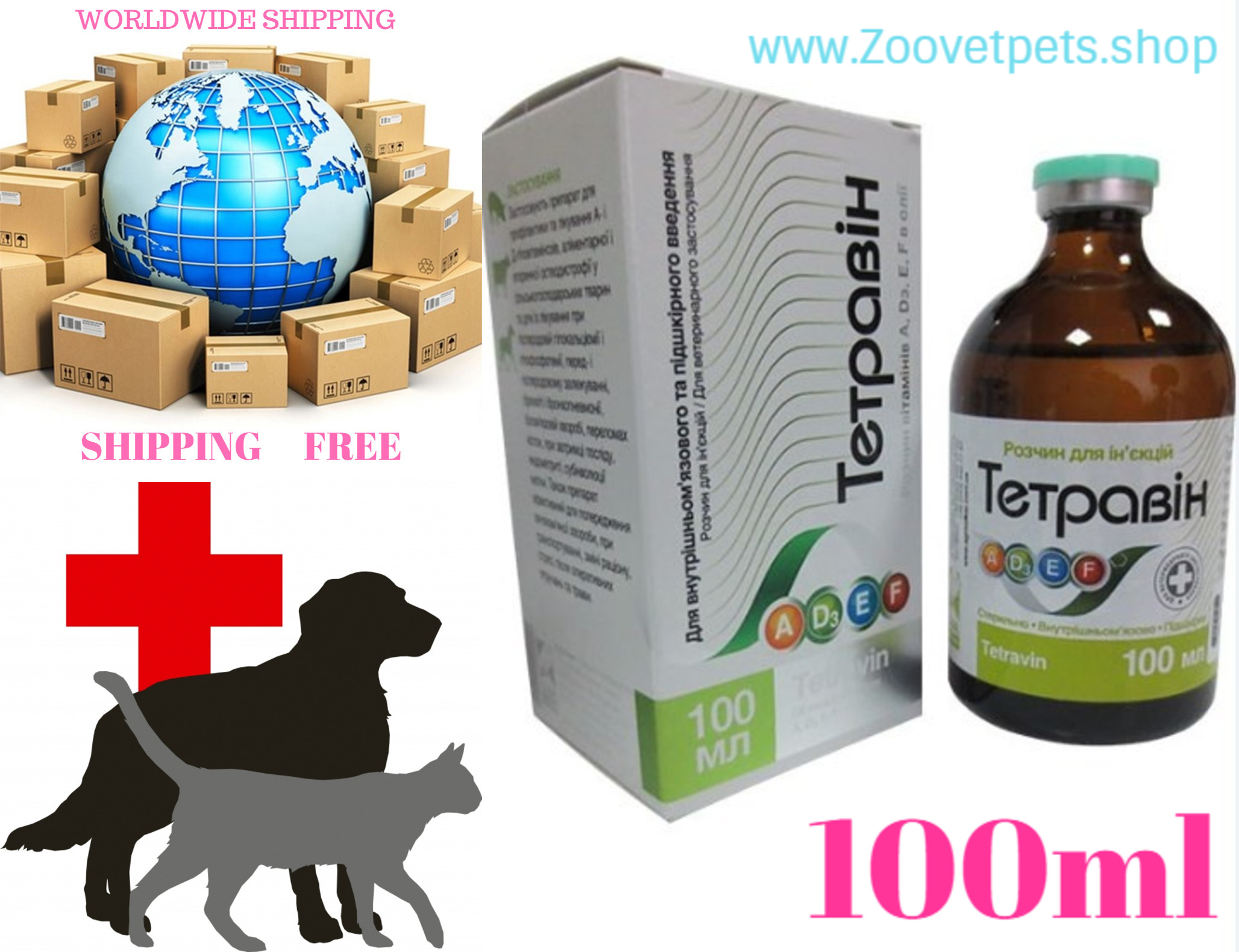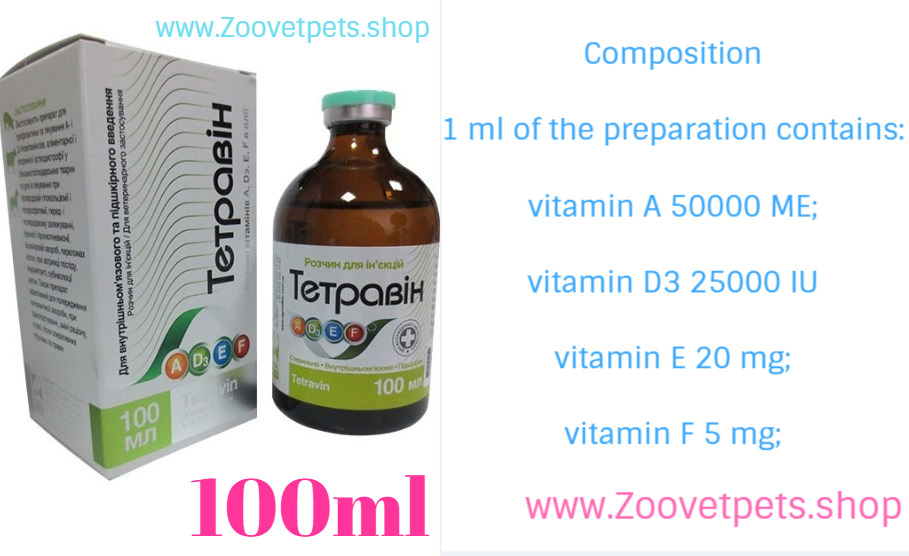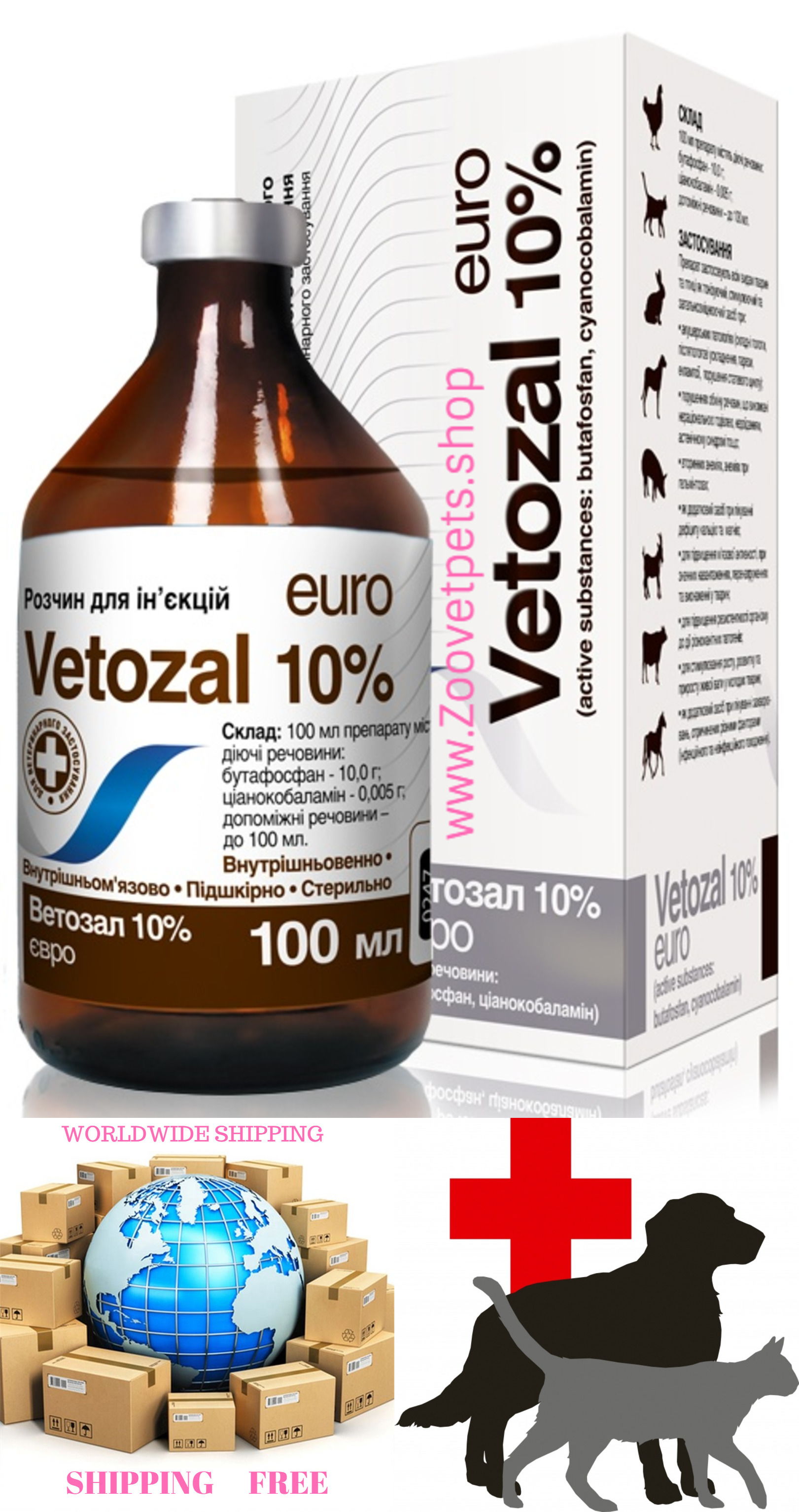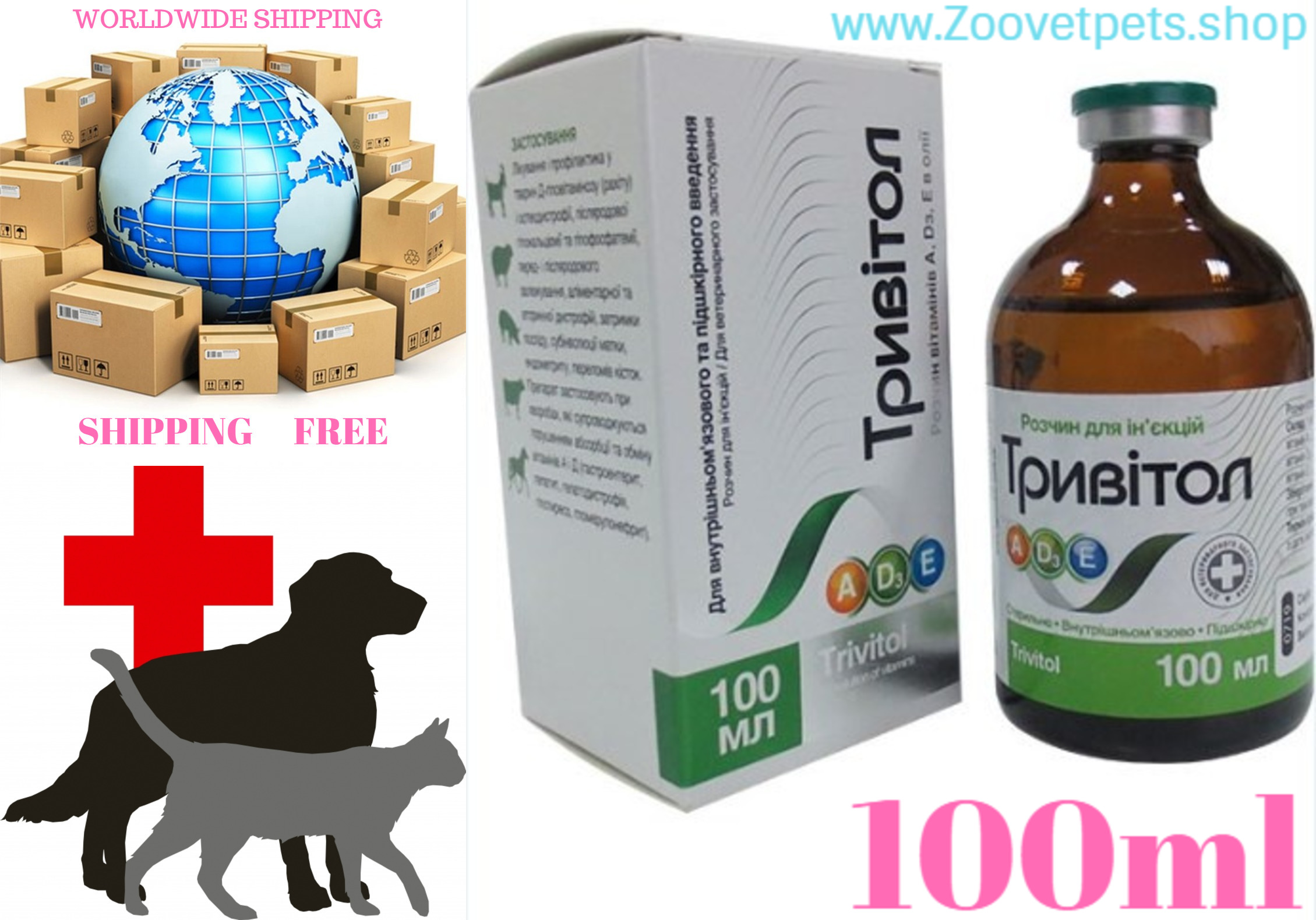Description
(solution of vitamins A, D 3 , E, F in oil for injection)
Description
Transparent oily liquid from light yellow to light brown odorless.
Composition
1 ml of the drug contains:
vitamin A 50000 IU;
Vitamin D 3 25000 IU
vitamin E 20 mg;
vitamin F 5 mg;
Pharmacological properties
Vitamin A refers to fat-soluble vitamins, participates in redox processes, in carbohydrate and fat metabolism, and affects mineral and hormonal metabolism.
The mechanism of action of vitamin A is to regulate the absorption of oxygen in biochemical processes; inhibition of insulin activity and increased neoglycogenesis; activation of the metabolism of calcium and magnesium, which ensures the formation of the skeleton; slowing the formation of keratinogialin granules in the lipid layer of cell membranes and supporting the elasticity of cell membranes; ensuring the normal function of the organs of vision, skin, respiratory tract, digestive tract, reproductive system.
Vitamin A plays an important role in the interaction of proteins with lipids in cell membranes, ensures their functioning and regulates permeability. Membranes of lysosomes are most sensitive to vitamin A deficiency: with its deficiency, the elimination of enzymes from them increases. Structural abnormalities of mitochondrial membranes in hepatocytes lead to respiratory distress and phosphorylation. Vitamin A deficiency in animals enhances free radical oxidation; protein biosynthesis is disrupted in animal tissues, their electrophoretic properties change.
Vitamin A also ensures the normal functioning of the reproductive function of animals: sperm and oogenesis, development and growth of embryos, timely onset of puberty, synthesis of sex hormones.
Vitamin D 3 belongs to the group of fat-soluble vitamins, affects the metabolism of calcium and phosphorus, starting with its absorption in the intestine and ending with its excretion from the body. Promotes the formation of animal bone tissue during the growth period, in the treatment of rickets, osteomalacia, bone fractures. Regulates the content of calcium and phosphorus in the blood and bone tissue, provides a physiological ratio of them in the body. With a decrease in the level of calcium in the blood, vitamin D 3 provides its transition from bone tissue, affects tissue respiration and the oxidation of carbohydrates.
Vitamin E belongs to the group of fat-soluble vitamins and plays an important role as an oxidation regulator in protein biosynthesis; increases the content of myosin and actomyosin; provides ATP metabolism; prevents the oxidation of fats, fatty acids and sterols, delaying the oxidation of fats; prevents the formation of toxic metabolites; slows down the metabolism of carbohydrates, proteins, nucleic acids and steroids, and also ensures the stability of red blood cells to hemolysis and oxidation. Vitamin E provides the structure of cell membranes and intracellular inclusions, which leads to the stability of lysosomes and delays the release of lysosomal hydrolytic enzymes from them and prevents their participation in the development of dystrophy in white muscle disease. The effect of vitamin E on membrane structures positively affects the stability and functional activity of the integumentary epithelium of the mucous membranes of the digestive canal, uterus, and conjunctiva. Vitamin E ensures the normal functioning of the digestive and reproductive apparatus. In males, it regulates spermatogenesis and reduces the number of pathologically altered spermatozoa, prevents degeneration of the epithelium of the seminiferous tubules. In females, vitamin A promotes better attachment of the fetus to the uterus and fetal development.
Vitamin F lowers blood cholesterol, helps normalize blood coagulation processes, participates in the body’s fat metabolism, and increases albumin levels. With a lack of vitamin F in the body of animals, there is an increase in cholesterol and beta-globulins in the blood, a decrease in the level of albumin, and in chronic cases, animals develop dermatitis.
Application
It is used for the prevention and treatment of A- and D-hypovitaminosis, alimentary and secondary osteodystrophy in farm animals and for their treatment in postpartum hypocalcemia and hypophosphatemia, pre- and postnatal bedding, bronchitis and bronchopneumonia, white muscle disease, bone fractures, litter, endometrium , subinvolution of the uterus. Also, the drug is effective for preventing urolithiasis, during transportation, diet changes, stress, after surgical interventions and injuries.
Dosage
The drug for prophylactic purposes is administered intramuscularly or subcutaneously once every 7-10 days, for therapeutic purposes – once 5 days before recovery (5-8 injections), then (if necessary) the drug is administered in preventive doses. Inside, the drug is used daily at the indicated preventive doses.
| Animal species |
Parenteral dose, ml |
Dose inside ml / day |
|
|
preventative |
medical |
||
| Dry cows | 10 | 10 | 1,5 |
| Milking cows | 10-12 | 10-12 | 2,5 |
| Young cattle (per 220lb (100 kg) of body weight) | 2.5-3.0 | 2.5-3.0 | 0.4-0.5 |
| Sows (second half of gestation) | 3.0 | 3.0 | 0.4 |
| Lactating sows | 4.0 | 5,0 | 0.6 |
| Piglets 44-55lb (20-30 kg) | 1,0 | 1.0-1.5 | 0,1-0,12 |
| Mares | 7.0 | 10.0 | 0.6-0.7 |
| Nursing mares | 8.0 | 12.0 | 0.7-0.8 |
| Foals aged 6-12 months. | 2.0 | 3.0 | 0.3 |
Doses calculated for vitamin A.
Storage
A dry, dark place at a temperature of 40-60F (5 ° C to 15 ° C).
Shelf life – 2 years from the date of manufacture.







Reviews
There are no reviews yet.